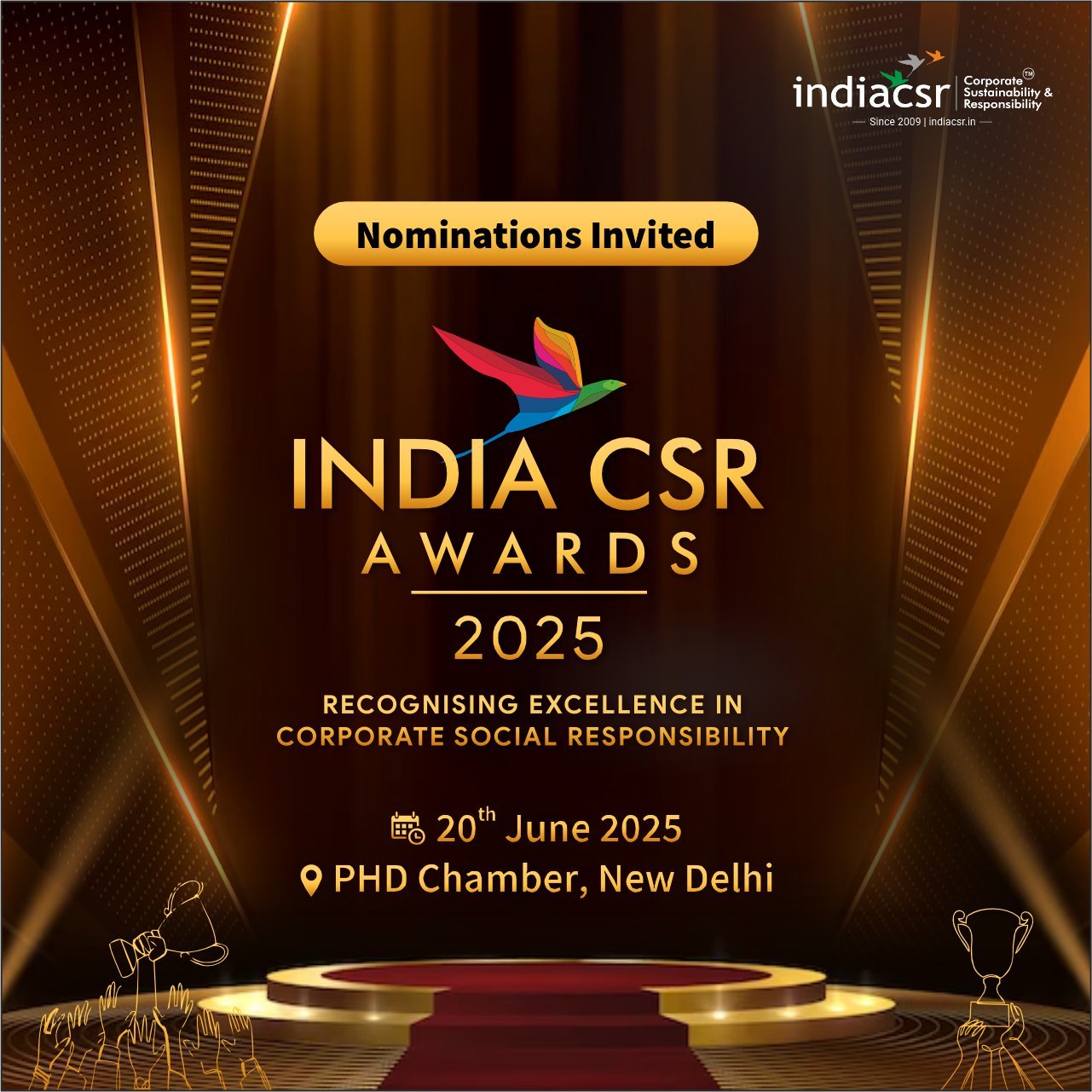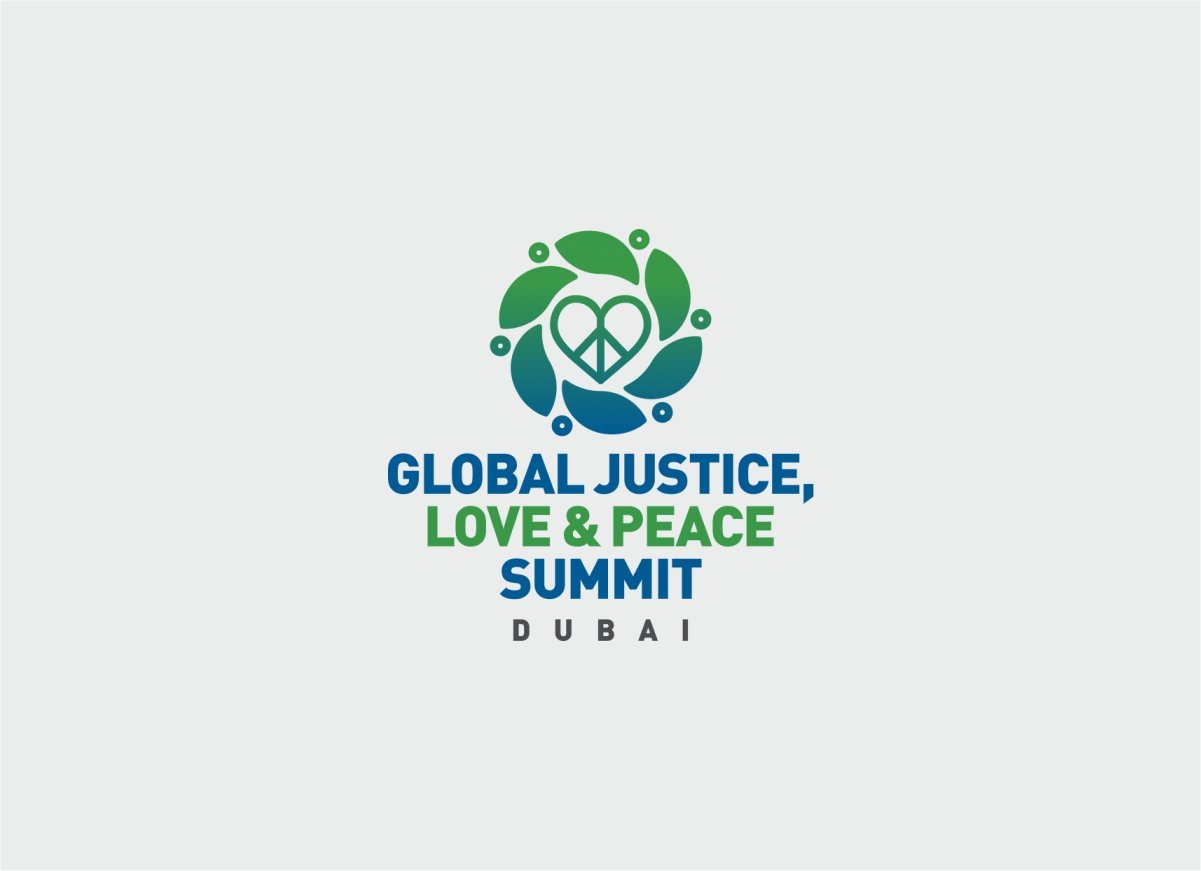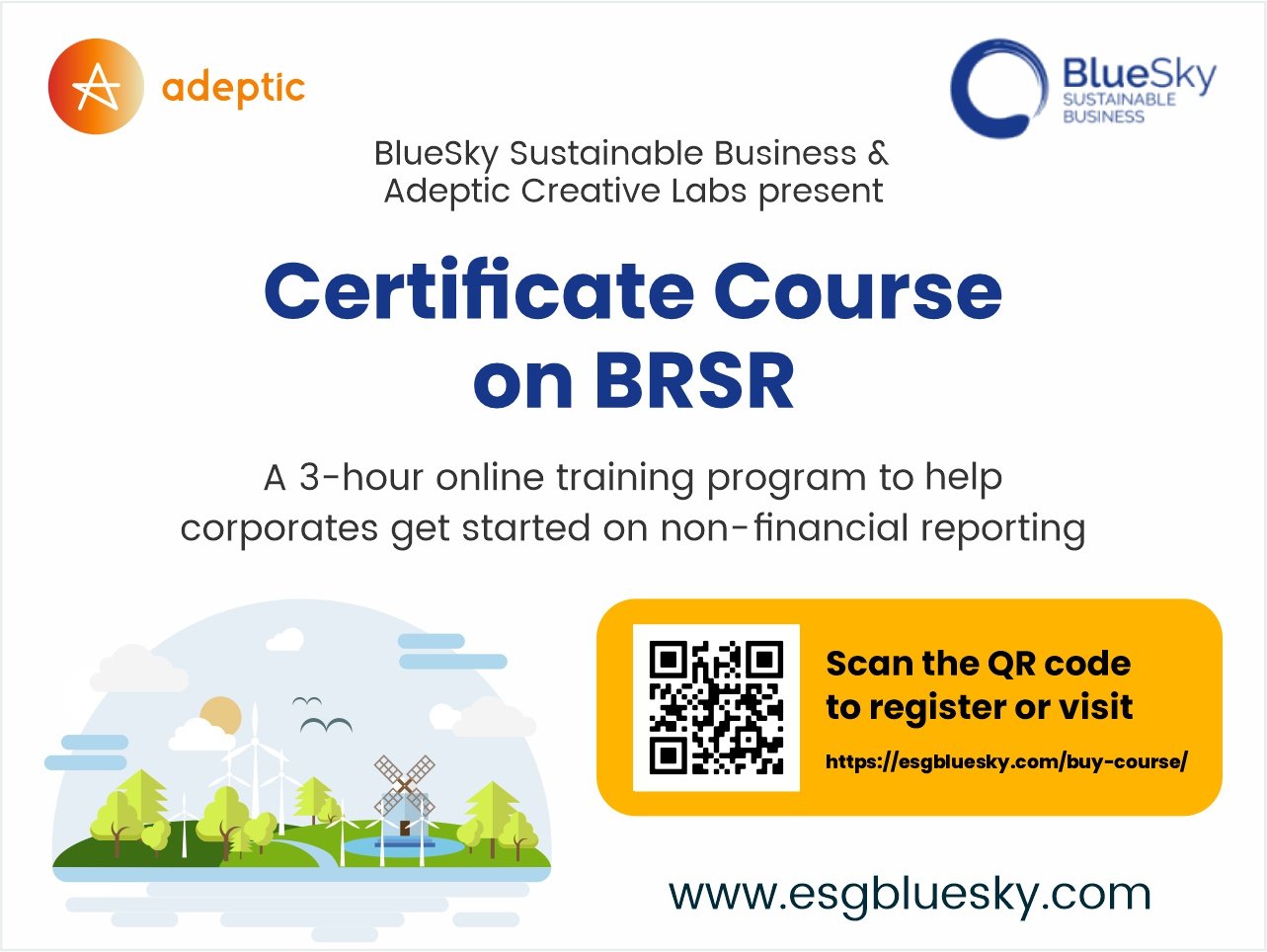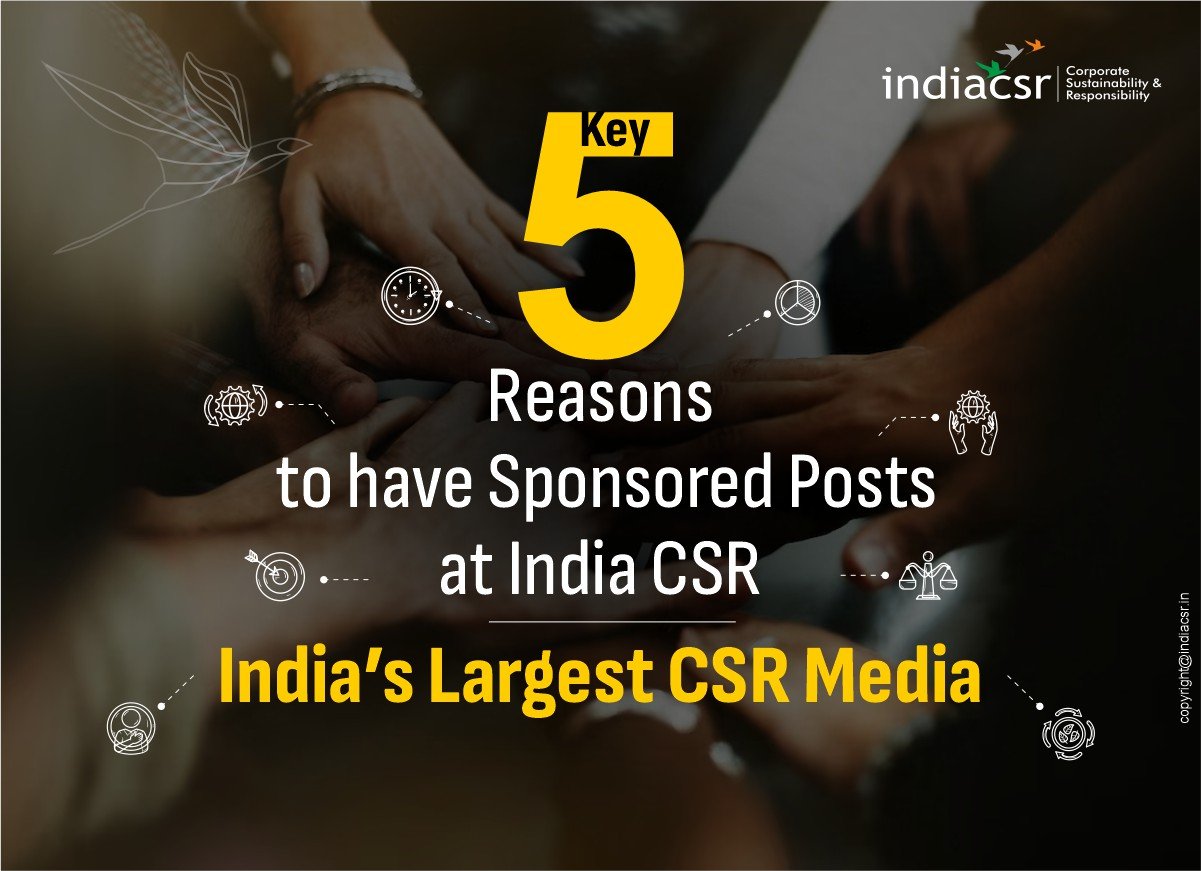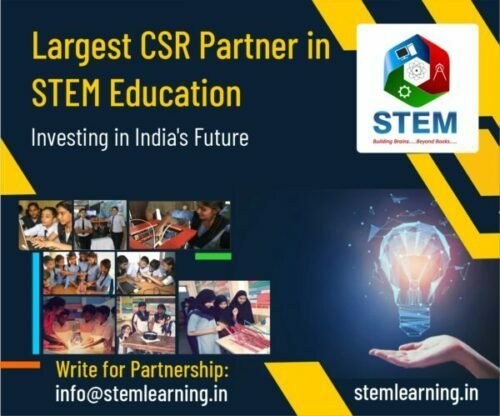Waterbodies in India, such as the ponds, tanks, lakes, vayalgam, ahars, bawdis, talabs among others maintain and restore the ecological balance by acting as sources of drinking water, recharge groundwater, control floods, support biodiversity, and provide livelihood opportunities to a large number of people. But what we have is just not enough in face of the looming a major water crisis! United Nations and Niti Ayog reports highlight that the demand for water will reach twice the available supply, and 40 per cent of India’s population will not have access to clean drinking water by 2030!
There are several ways in which IoT is revolutionizing water management and is rightly positioned to address the current challenges that the global water industry now faces due to an increasing population, eco-system pollution, and water rights, amongst many more. When it comes to water management, I see three major areas where connected technologies can be a game changer, that is, Restoration, Revival & Reduction in Wasteful Consumption of Water.
Water Bodies Restoration with Connected Technologies
Existing waterbodies have been under huge stress due to rapid urbanisation and unplanned growth. Encroachment of waterbodies has been identified as a major cause of flash floods in Mumbai (2005), Uttarakhand (2013), Jammu and Kashmir (2014) and Chennai (2015).
IoT can help in data collection for meeting the rising demand for water augmentation as well as in improving the health of waterbodies. The beauty of IoT lies in the seamless way it can collect data from different kinds of sensors and devices. It presents an integrated view that enables rapid coordinated action, enabling the insight and control over every facet of water management for smarter decisions while optimizing the use of existing city resources and investments.
A live example of IoT helping in doing just that is the ‘TechNirmal’ App build by Aeris in collaboration Welthungerhilfe (WHH). The app helps social workers in the field to monitor water bodies using their mobiles. The data collection from remote areas collates in real to near real-time at the central monitoring system based in New Delhi. TechNirmal app is also used as a social accountability tool by the WHH associated NGOs- Tarun Bharat Sangh, Parmarth Samaj Sevi Sanstha, Jal Jan Jodo Abhiyan, Prayog Samaj Sevi Sanstha, enabling local communities to track the encroachment of water bodies in a real-time basis.
Revival of Water Bodies is Necessity, not Luxury for the Planet
Our rain-fed rivers have dried because of disruption of natural groundwater recharge mechanisms, thereby disabling rivers from replenishing themselves. Focusing on the reviving rivers and cleaning the water bodies by leveraging technology and eco-friendly methods, while also planning for sustainable infrastructure and improving the socio-economic lives of the people entwined with the water bodies is the need of the hour. Rainwater Harvesting expands with IoT by turning rainwater harvesting into its energy source. Energy is collected through the movement of water droplets across thin films of material, capable of generating up to five volts of electricity.
The material can be installed in catchment areas or plumbing and used to power IoT devices in the rainwater harvesting system such as rain gauges, monitors, and water quality sensors. Aeris technology is helping in the Art of Living’s River Rejuvenation Project, which started in 2013 with the aim to provide a long-term and lasting solution, has reviving 43 rivers in four states (Maharashtra, Karnataka, Tamil Nadu and Kerala), benefitting 5,084 villages and 7 million + people benefited.
Across the country, 86 waterbodies are critically polluted, having a chemical oxygen demand or COD concentration of more than 250 mg/l, which is the discharge standard for a polluting source such as sewage treatment plants and industrial effluent treatment plants. The challenges faced by agencies revolve majorly around the lack of data on encroachments, interrupted water flow from the catchment, siltation, solid waste deposit and polluted water.
IoT sensors can also monitor the levels of toxins released into the water at the source, such as city sewer lines and factories based on river banks and lakes. Real-time gathering and monitoring of data helps in understanding correlation between polluted water outflow from the source and the levels of pollution in the river. This helps the water authorities to make revival plans based on data and not intelligence guess work. It can also help devise penalty mechanisms for polluting culprits. Work in this field is already underway by IET’s FutureTech Panel Clean Ganga Working Group.
IoT Enabling Reduction in Wasteful Water Consumption
What get measured gets done. Water conservation is more accessible if businesses and consumers know how much water they’re already using. Baseline data allows for comparisons, trend spotting, and goal setting. Just as important, learning about current use patterns can reveal leaks that lead to unnecessary wastage of water.
Industries take control of Water Waste management with IoT
Most of the traditional water utility bodies lacks visibility to know which parts of the water distribution are at the highest risk of failure. IoT unites and correlates data collected from multiple sources to produce information that ensures protection from water damage, flooding, and unpleasant surprises in consumer water bills. Aeris in partnership with FluxGen launched an IoT & AI based Sustainable Water Management system- AquaGen for industries. The system is running on the ground with 30+ industrial customers.
It is helping food processing plants, manufacturing plants and campuses monitor and analyze their water consumption, water leakage and areas of excessive water usage. Installation of AquaGen is enabling industries go ‘water positive’ by reducing water wastage by up to 30% with a vision of saving 1 Billion litres of water per day!
IOT Empowers Consumers to Control their Consumption
Smart water meters use the IoT technology to connect with both the water utility and the end customer. These meters can be read over cellular networks, and the data is stored and maintained via cloud-computing software. All of this helps water utilities regulate water resources more efficiently. IoT offers full control to consumers by syncing the water management system with their mobile devices for simple and precise management of water consumption in the home, remotely, saving lots of money yearly.
Smart Irrigation Systems Help in Waste Control
Precise watering is essential not just to save water, but it’s suitable for the plants too. Over- or under-watering stresses a plant, leaving it unhealthy, and this reduces crop yield. Smart irrigation technologies help people precisely schedule when lawns and crops need to be watered and how much water these plants require.
In conclusion
I believe in taking an integrated approach for the long-term sustainability of water bodies. SCADA & IoT Technologies, strategies & solutions are now resolving water scarcity problems, water quality and water consumption. Our connected technology solutions are helping our partner NGO’s in initiating more impactful water conservation and revival projects based on data science to improve people’s lives today and into the future. While technology is here to help, its essential to change the culture and mindset of using water as a free resource.
📢 Partner with India CSR
Are you looking to publish high-quality blogs or insert relevant backlinks on a leading CSR and sustainability platform? India CSR welcomes business and corporate partnership proposals for guest posting, sponsored content, and contextual link insertions in existing or new articles. Reach our highly engaged audience of business leaders, CSR professionals, NGOs, and policy influencers.
📩 Contact us at: biz@indiacsr.in
🌐 Visit: www.indiacsr.in
Let’s collaborate to amplify your brand’s impact in the CSR and ESG ecosystem.



